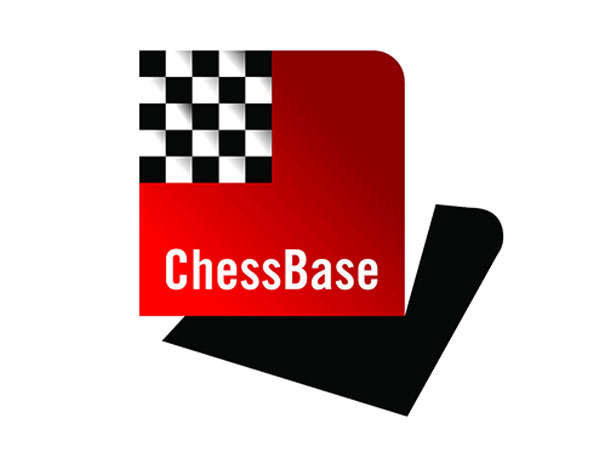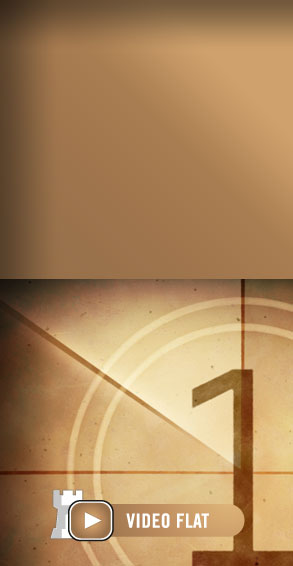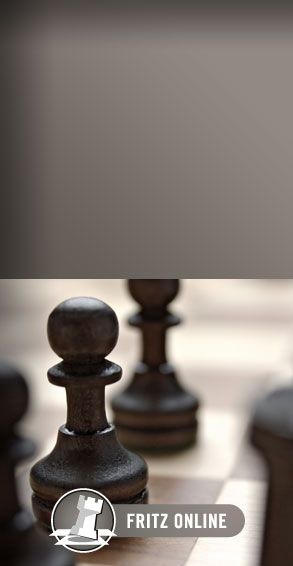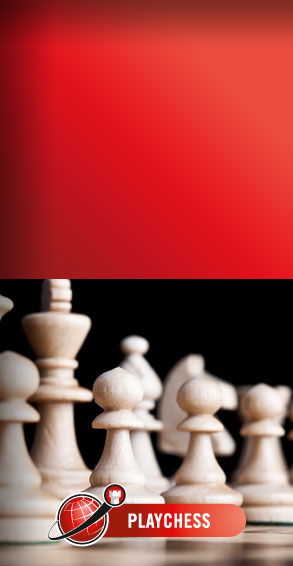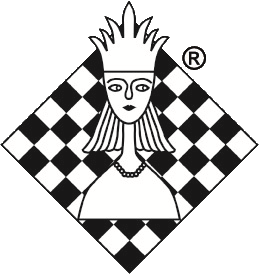
Grandmaster Hedinn Steingrimsson
Grandmaster Hedinn Steingrimsson was born 1975 in Iceland. He was a chess prodigy and in 1986 became World Champion U12. 1990, at the age of 15, he won his first Icelandic Championship. His career and style evokes memories of Bobby Fischer: both won tournaments by a large margin when still very young, both won the championships of their home countries as teenagers, and both have an almost scientifically precise playing style.
Apart from being a world class Grandmaster and Iceland’s top player Hedinn Steingrimsson has also made interesting contributions to the field of chess training theory. He is interested in how chess training can be improved theoretically and practically. He is passionate about playing and teaching chess. He recently moved to New York.
When you were 12 you became U12 World Champion. But what are your first chess memories?
I still remember when I first fell victim to nasty opening preparation. I played a match for the title of preschool champion of Isaksskoli with a guy who is now a Professor of Psychology at the University of Iceland, Andri Bjornsson. In those days everyone began the game with seemingly logical sequence 1.a4 a5 2.h4 h5 3.Ra3 Ra6 4.Rh3 Rh6 5. Rhe3, and so on. The idea is to start capturing material with the rooks. Our game went something like 1.a4 e5 2.h4 d5 3.Ra3 Bxa3 4.Nxa3 Nc6 5.Rh3 Bxh3 6.Nxh3 and suddenly my usual battery had gone off the board. He managed to win the game and became preschool Champion. But a year later I competed for Iceland for the first time and another year later I was already Scandinavian Champion in my age category, seven years of age.
Do you still remember how you became World Champion?
I do and it was great. It was my first World Championship. It is true that I had won a number of Scandinavian titles already, more often than not with a perfect score which gave me some confidence but I did not know how I measured up to the rest of the world. The World Championship took place in Puerto Rico. We flew to Florida and went to Disneyland and Sea World.
I made only one draw and won the rest of my games to finish one-and-a-half point ahead of GM to be Eran Liss from Israel. I was not the highest rated player in the field and thus not the tournament favorite. Despite their young age some of the players at this World Championship were already professionals, had formidable ratings, and displayed a lot of confidence in the first rounds.
But I just played my game. I once asked GM Fridrik Olafsson whether he was intimidated to play against chess greats such as Fischer, Tal, Petrosian, Smyslov, Bronstein or Keres. He said that he simply was not aware of how great they were. He just came, played, and beat them without knowing how great his accomplishment was.
I also still remember the sound the frogs made – it started in the evening and went on throughout the night. And I remember that it was surprisingly warm – after all, I was an Icelander in Puerto Rico.
You are sometimes compared to Bobby Fischer: you won the World title but did not compete in World Championships afterwards. Is that true?
Well, I played the World Championship the year after winning the title. We played in Timisoara in Romania and Ceaucescu was still in power. There was not enough food for the participants of the tournament and although it was very hot outside there was no air conditioning in the playing hall. I suffered from serious malnutrition during the event, fell ill, and was in pretty poor physical shape when I returned to Iceland. However, I later was immensely grateful that I was not submitted to the local hospital and not given any injections.
I was still just a regular schoolboy though at the top of my class in math. I got a perfect score in the Icelandic version of the SAT but I played chess for fun and to risk my health playing chess seemed not worth it. Later, I was not surprised that political unrest in Romania started in Timisoara.
What was your first real success when competing with full-grown chess professionals?
In 1990, when I was 15 years old, I got a special permission to play in the Icelandic Championship. People were not sure if that would be good for me – after all, losing too many games can be devastating for the confidence of young players. It was a round robin, I was the youngest participant, and one of my very first tournaments with grown-ups. I was not aware of it, but apparently I was the lowest rated player in the tournament. However, I won the tournament, again one-point-and-a-half ahead of the field, beating many professionals and grandmasters along the way.

With the Icelandic Champion trophy 2011
But I did not have a regular coach. My mother, who does not know how to play chess, accompanied me to the World Championships in Puerto Rico, and to the Icelandic Championship I went with my dad who neither knows the game. Thus, I had to rely solely on my own chess skills and knowledge. My main asset is and was a great passion for chess and chess analysis. I have read a lot of books about chess and now I also use databases and computers to improve my game.
After winning the national title I played at the Chess Olympiad in Novi Sad later that year. We finished on place eight after loosing narrowly in the last round against the Soviets who went on to win gold.
My rating was getting better quickly and at the age of 15 I already had more than 2500 Elo and fulfilled some of the requirements for becoming a grandmaster. I later saw a scientific article which analysed how high your rating had to be at a certain age if you later wanted to become World Champion. At that time my rating was definitely better than the rating the article claimed you needed.
How was chess back then?
Interesting. There were no computers or at least I did not know how to operate one. The Chess Informant was an important source of information. If a novelty was played in your pet variation, then you would sit down with a chessboard and try to figure out what to do against it.
I find it fascinating to go over some of my old games from that time. Games, which I have sometimes thought about for years, but never checked with a computer.
You have been the top-scorer of the Icelandic national team, and you also played with great success at the top boards in the German Bundesliga, the strongest team competition in the world.
Yes, I have played in the German Bundesliga for many years. First for the Stuttgarter Schachfreunde, then for Werder Bremen, later for the SK Godesberg in Bonn, and then for Hansa Dortmund. I achieved the best performances of my career so far in the Bundesliga, and more than once I had an Elo-performance of more than 2700. In 2005 when I scored 8 out of 9 and in 2010.
The Bundesliga is an unsually strong event and every round you play against top players. One year I played against two members of the German team, which had just won the European Team Championship, and I won both games. Both were hard fought and interesting. In general, the quality of the games in the Bundesliga is very high.
However, the Icelandic Championship is often also quite a strong tournament. And you had a number of successes there.
Yes, after winning my first title in 1990 I also played in 1991 but then took a long break. When I returned in 2006, I won silver. In 2011 I played again and won my second title. I did not play in 2012, but in 2013 I won bronze, and in 2014 silver. However, in both Blitz- and Active-chess I am currently Icelandic champion and I have won those title several times.

Hedinn Steingrimsson fights against Henrik Danielsen to become Icelandic Blitz-Champion in 2007.
In your career you have won a number of strong tournaments, including the Reykjavik Open, one of the strongest open tournaments in the world. How did that feel?
At the Reykjavik Open I started rather slowly, but managed to improve my game and was playing well in the second half. In the last round I had White against the Indian Grandmaster Gupta. He played a line against the Qb3 variation of the Gruenfeld Defence that was totally new for me. Now his variation is considered to be one the best lines to play against the Qb3-system. I spent a lot of time in the opening but then came up with an exciting continuation which led to an original position. I later won an exchange and managed to bring the point home. The game lasted over five hours. It was a nice victory.
You are not only a successful player but also a renowned and successful chess trainer.
I have been working as a trainer for many years. It is a privilege to work with talented young people and to share their journey on the path to discover the secrets and depth of chess and help them to reach their potential. My students make me very proud.
The Chairman of the FIDE Trainer Commission, GM Adrian Mikhalchishin, once said that I view chess more as a trainer and less as a player. My father was a university professor and somehow it is natural for me to seek examples and find patterns. Adrian's remark took me by surprise, but it seems that I have a natural gift for being a chess trainer.
You also published a number of well received articles about chess training, in which you advocate original ideas about chess training.
Yes, I have combined academic diciplines like Neuroscience and Computer Science with chess. That has led to articles on chess neuroscience or how chess can be taught in the most efficient way. When training chess we train our long term memory. It makes sense to analyse how long term memory works and figure out how chess information is best presented to increase our ability to remember and to integrate knowledge into our memory. One of my ideas is to establish a chess research foundation in New York to further explore these and other topics.
I have also done research on computer chess and the difference between the way humans and computers approach the game. I find it fascinating how computers can enhance human performance, for example when humans prepare for a game against another human and combine the thinking of humans and computers.
There is a lot of potential to improve chess training. To integrate the output of computers into the human way to think and solve problems is challenging but offers immense opportunities.
Thank you for your time and the interview!
Pictures: Ómar Óskarsson
At the recent Icelandic team championships Hedinn Steingrimsson showed his class once again. In an interesting game he beat Polish GM Gregorz Gajewski who helped Vishy Anand as a second during the World Championship in Sochi 2014.
